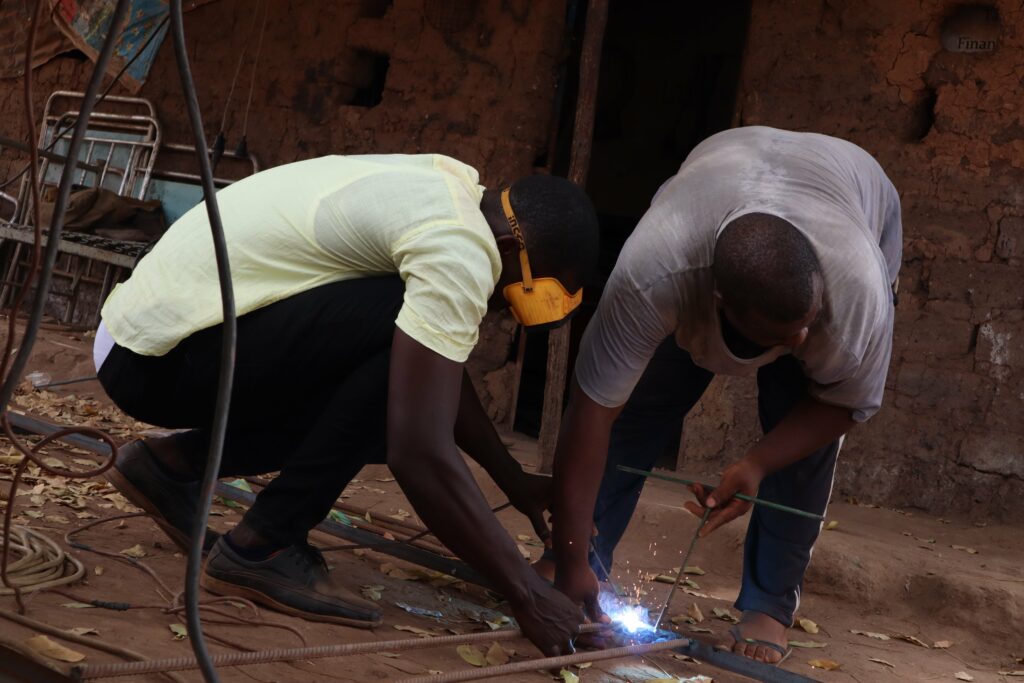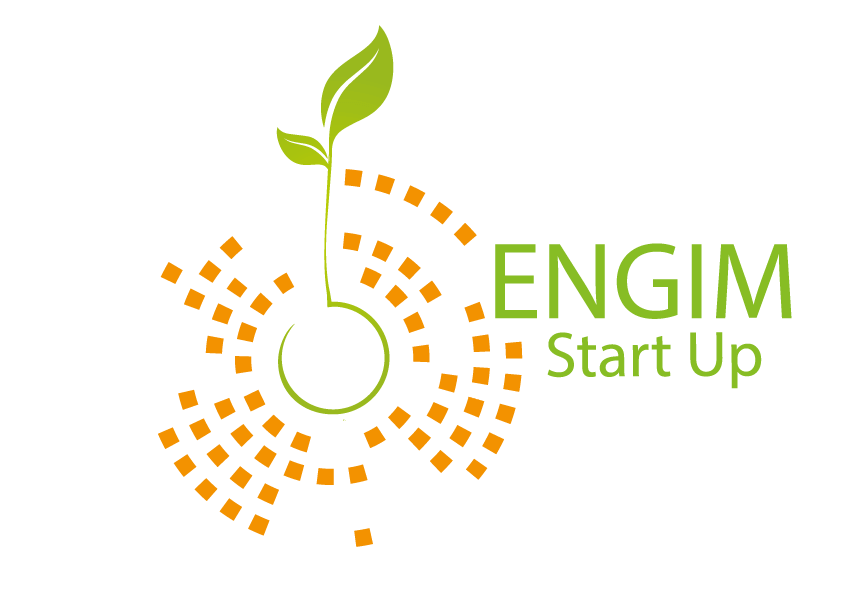In the Bafata region, located in the eastern part of Guinea-Bissau, living conditions are complex and opportunities are limited. An adverse climate with high heat and erratic rainfall resulting in severe droughts contribute to a breeding ground for the number of poor people in the region to be the third highest in the country, behind only the Oio and Quinara regions. Bafata is, according to a recent UNDP vulnerability mapping, the region with the highest percentage of vulnerable households, representing 87.3 per cent of the total.
In the midst of this panorama, stories like Butelaze Benedito Mendes da Silva’s are an oasis of optimism. Butelaze is 30 years old and is part of a local youth organisation. It was there that he first received information about the project “LIFE 3×6: Local Innovation Fund for Entrepreneurship”, which ENGIM was going to start implementing in his region and in three other neighbouring and not-so-neighbouring regions: Gabu, Cacheu and Bolama. “They gave me the registration form,” he says, stressing the importance of working with grassroots civil society organisations to implement the projects that international NGOs are carrying out on the ground in the country. “We met with all the associations to inform them about the project and for them to help us with dissemination,” explains Edineuza Selo Ié, regional project supervisor in Bafata. According to her, the key to the project’s success was that it was clear to people from the very beginning that it was a competitive process and that both ideas for start-up and existing businesses could be submitted.
This is the case of Butelaze. A metal carpenter by trade, his tireless work and small business provide the main livelihood for his family. From his workshop in the centre of the city of Bafata come creations that are distributed throughout the country: grilles for balconies and windows, structures for water tanks, barbecues and ovens, furniture and all kinds of work that require welding and creativity in almost equal measure. The LIFE project has contributed to the growth of his enterprise with business management training and a grant of 1,624,000 CFA francs (€2,475) which, invested in materials and working machinery, has made a huge difference to the way this young man works. “With the generator we had before, we only managed to do one operation at a time, but now we can do up to three simultaneously. This means that deliveries that used to take us a month to complete can now be done in less than a week,” he explains with satisfaction.

The welding machines, lathe, goggles, deburring machines and drills that the project has funded make work in the welding shop easier, and the increased level of production and the resulting improved response times translate into greater customer confidence. Soon, they will also translate into stable salaries for the eight people who work with Butelaze on a regular basis. “The plan is to be able to increase the workforce in the future and complete our formalisation as a company soon,” he says with a mixture of pride and confidence in the good things yet to come. Daniel António M’Bunde, also a beneficiary of the project and now Butelaze’s partner in the welding workshop, switched from mechanics to what has always been his great passion, welding. The LIFE project has led to a synergy between the two that has materialised in the joint purchase of the generator and is projected in the long term. “The expectation is to be able to improve the workspace to improve safety conditions, because we want to offer better quality work and continue to grow together,” says Daniel.
For them, as for most of the beneficiaries of the project in Bafata, the LIFE project has been the boost they needed to be able to pay for health, education and food for their children. “There are beneficiaries who were not able to do so before, even if they already had a business”, Edineuza points out, “because they were not able to produce enough to guarantee their minimum needs”. Examples such as Butelaze and Daniel’s show us how sometimes opportunities arise to help build the socio-economic fabric and that, with the right tools, it is possible to reduce vulnerabilities and move forward on the path of sustainable development in the places where it is most needed.
Article by Elena Touriño lorenzo







